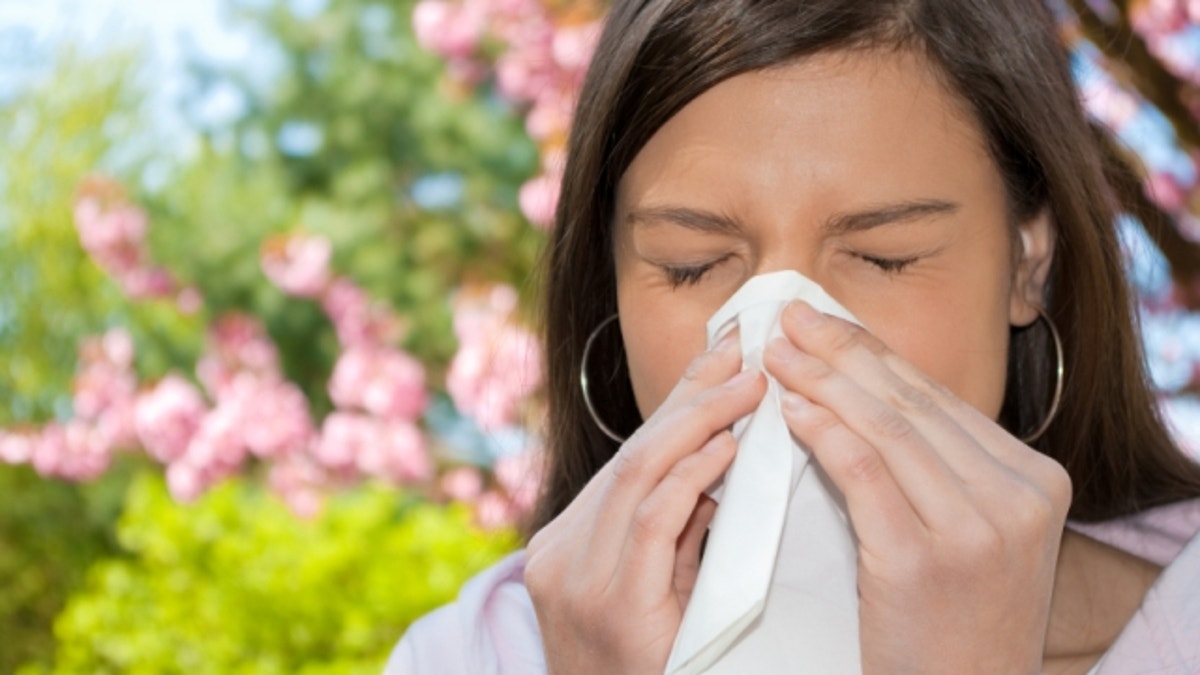
Chronic sinus infections are common and they can be hard to treat, but nasal irrigation with salt water may help prevent some sinus symptoms, according to a new study in the U.K.
Inhaling steam, on the other hand, eased sinus headache symptoms for some, but had little benefit otherwise.
"Previous studies of nasal irrigation have shown benefit, but those studies were much smaller and involved more intensive coaching and support, not using brief pragmatic interventions in the kind of typical primary care settings we deal with," said lead author Dr. Paul Little, professor of primary care research at the University of Southampton.
Patients only got relatively small benefit in symptom relief from nasal irrigation, Little told Reuters Health by email, but, "even with a very brief intervention patients get benefit for symptoms, are empowered in their management, use fewer over the counter remedies, and are less likely to want to see the doctor in future episodes."
Chronic sinus infection may affect as many as 25 million people in the U.S. and antibiotic treatment is often not effective, the authors write in the Canadian Medical Association Journal.
To test two commonly recommended home remedies, the researchers recruited 871 adult patients from primary care practices in the U.K. who had a history of ongoing sinus inflammation with a moderate to severe impact on their quality of life, and divided them into four groups.
One group continued with their usual care, one was instructed to perform daily nasal irrigation based on an instructional video, one was told to do daily steam inhalation and the last group was instructed to do both nasal irrigation and steam inhalation.
The nasal irrigation group used a neti pot, which costs less than $50, and rinsed each nostril daily with a saline solution they mixed themselves, consisting of water, salt and baking soda.
All the participants completed questionnaires about nasal symptoms at the start of the study, then again three and six months later.
Symptoms scores decreased for all groups, but moreso for people who were using nasal irrigation than for those who weren't. Most of this benefit was seen in the group combining nasal irrigation and steam inhalation, but steam inhalation alone did not appear to improve any symptoms other than headache.
At the six-month point, 44 percent of people using nasal irrigation maintained improvements in a 10-point score for rhinosinusitis symptoms. That compared with 37 percent not using nasal irrigation.
Also at six months, 59 percent of those using nasal irrigation were using over the counter medications for their sinus symptoms, compared with 68 percent in the groups not using irrigation.
Nasal irrigation helps flush out infected secretions which cause stuffiness, inflammation and pain, Little said.
"The exact mechanism by which irrigation works is unknown but probably contributes several different means: flushing away toxins, pollutants, and allergens present on the surface of the mucosa and humidifying mucosa which may become dry as a result of winter cold air or air-conditioning," said Dr. Martin Desrosiers at the University of Montreal in Canada, who was not part of the study.
Steam inhalation may just be ineffective, or "it could be that it is difficult to get steam more effectively to the sinus openings in the way that nasal irrigation can," Little said.
"Based on our data there were no adverse effects (of steam inhalation) but equally no clear benefits," and on balance he would not recommend people try it, Little said.
